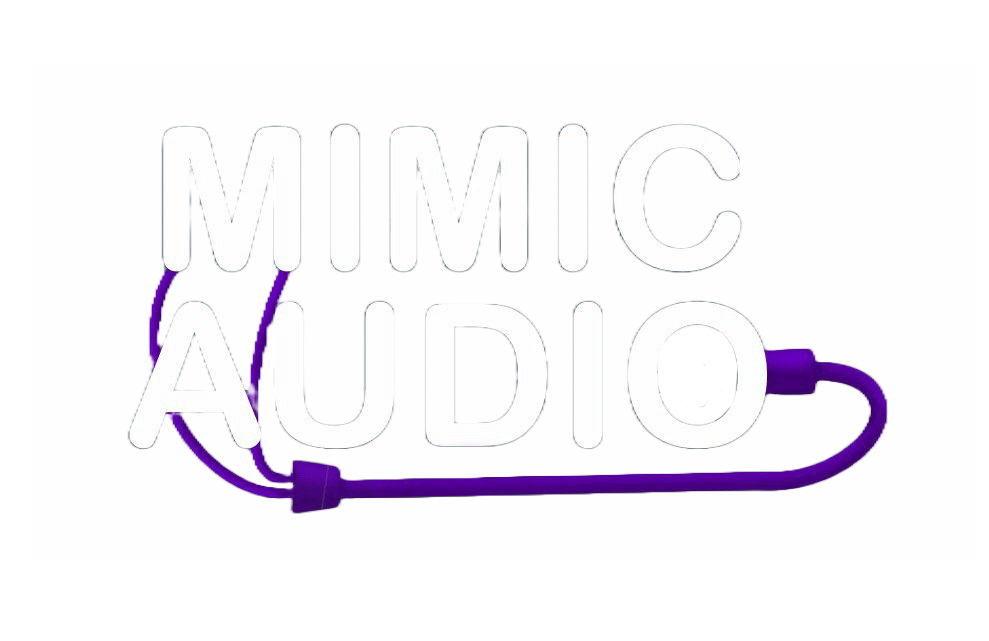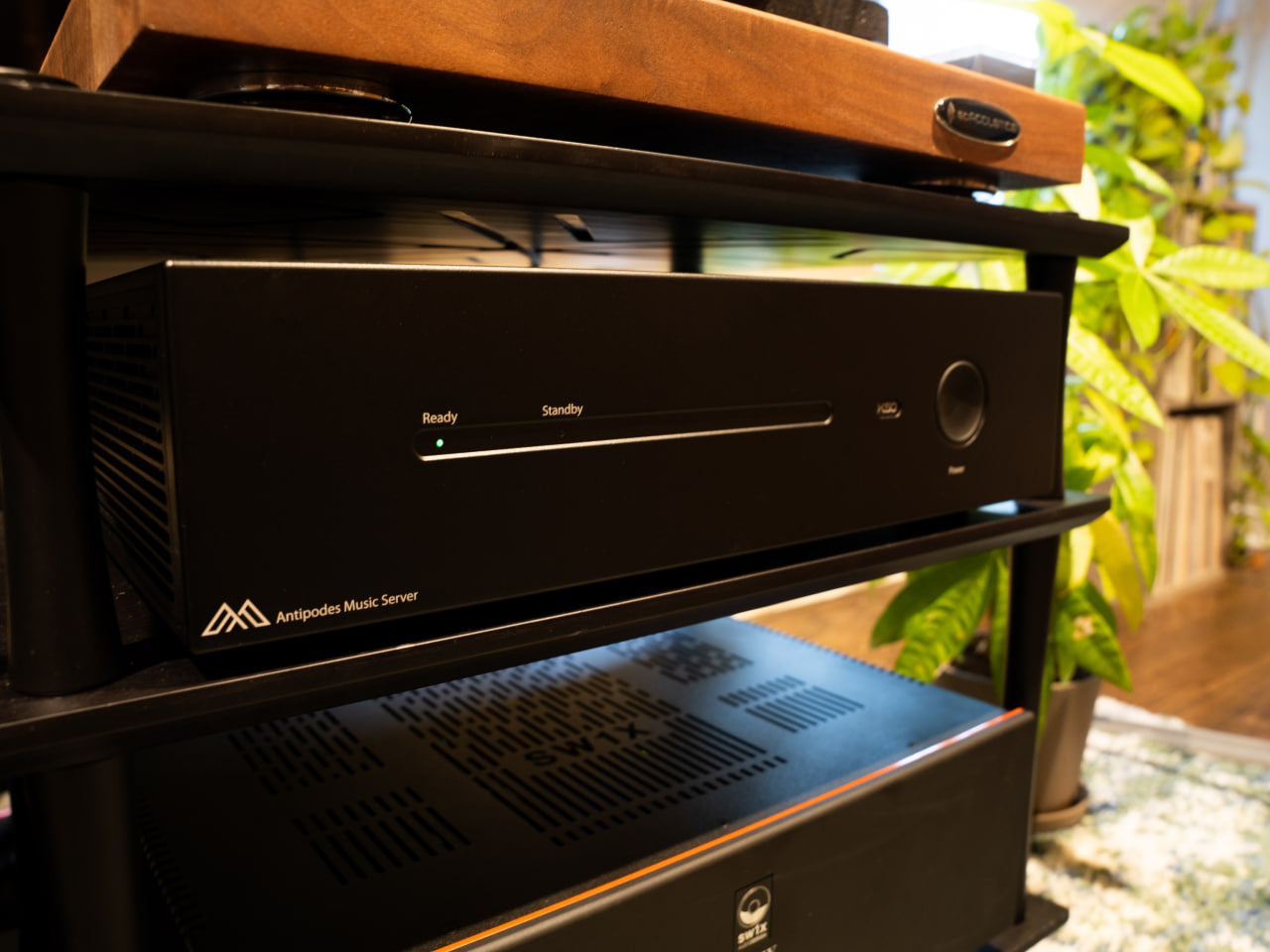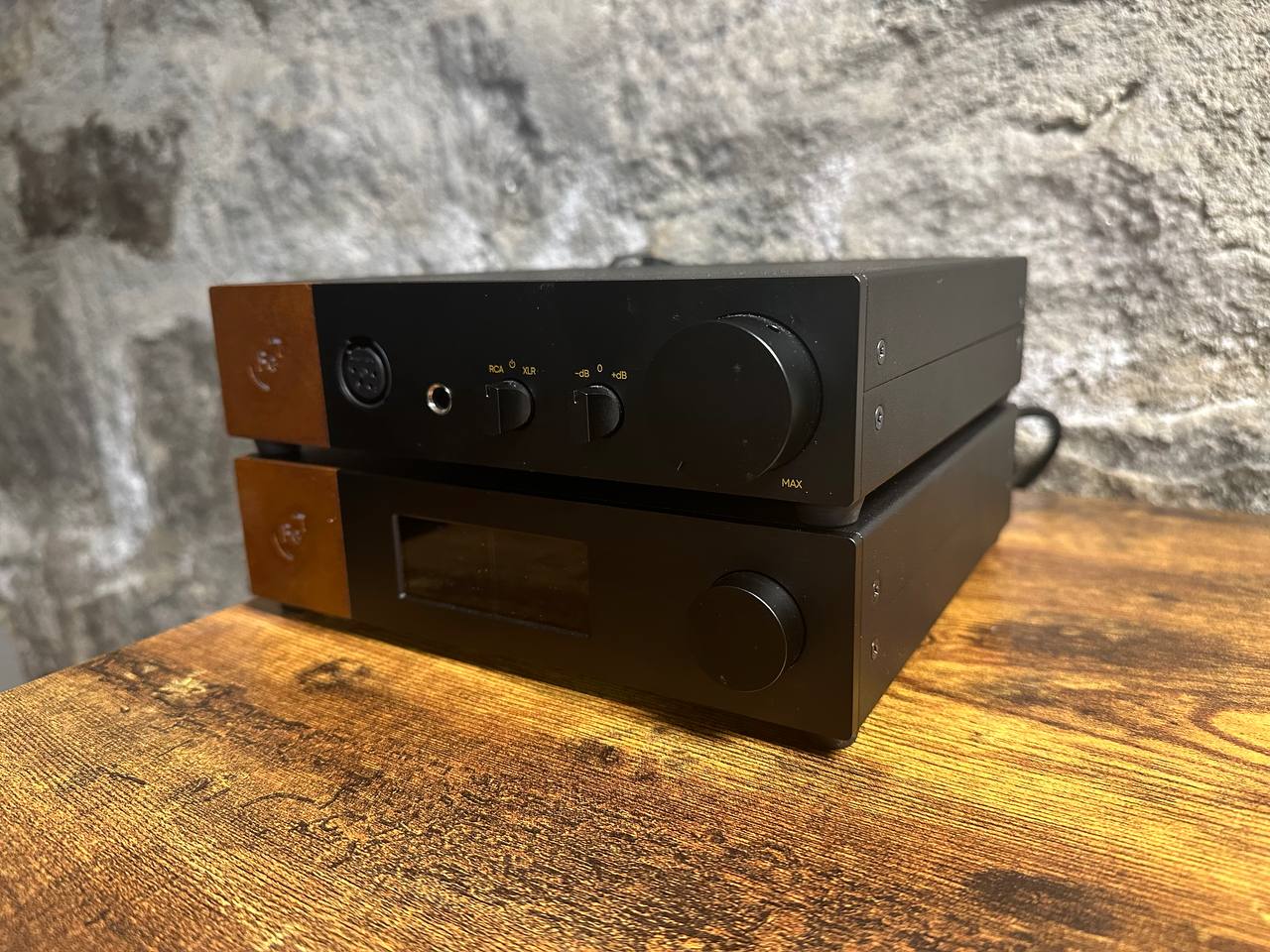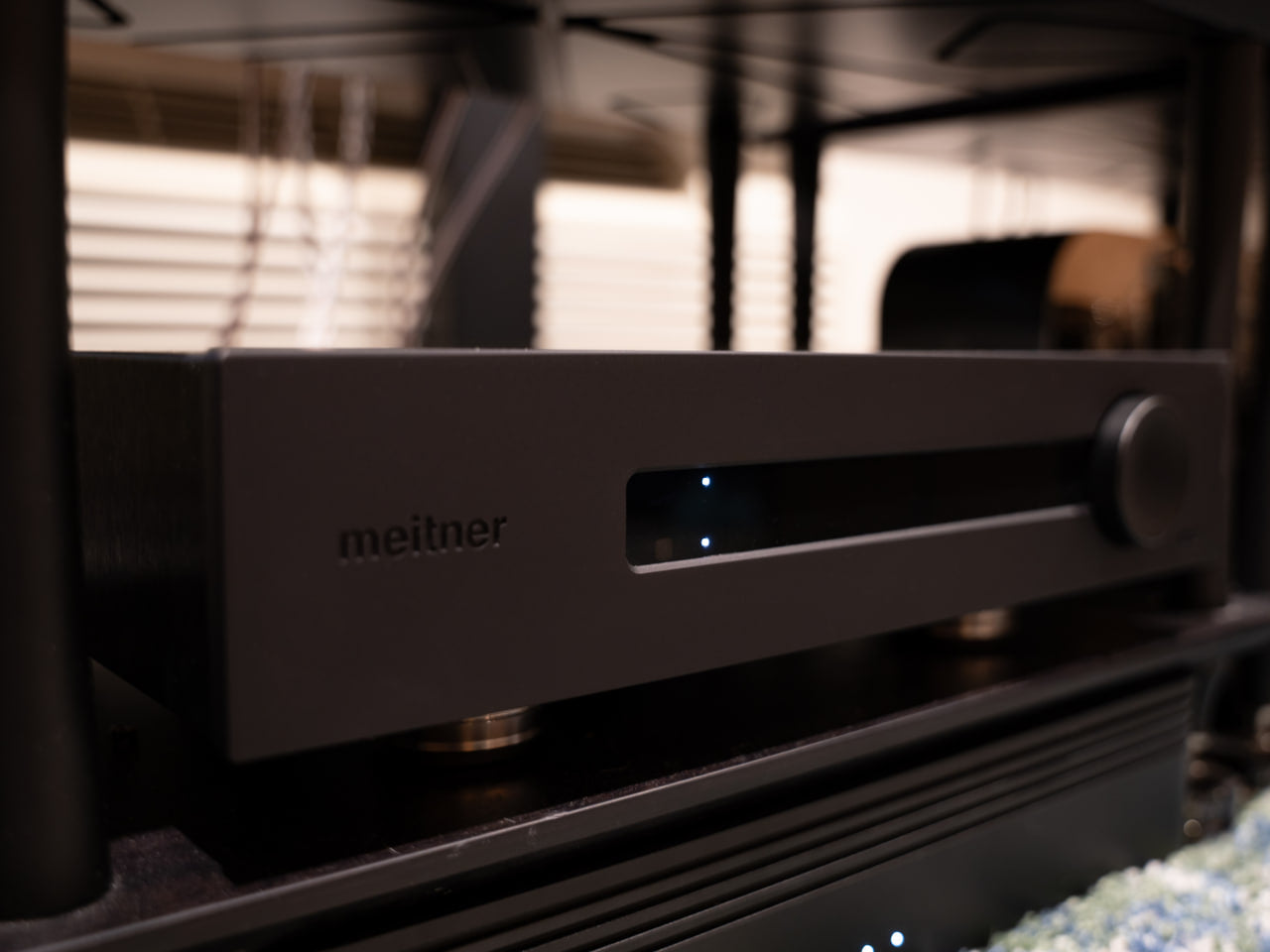Digital music on the surface seems to solve a lot of the issues with analog playback. There’s no degradation of the media through playing it. No complicated process to get it set up and running. On the surface, its relatively simple plug and play. If you subscribe to certain thinking, then this should be it. Bits are bits after all, right?
Through my journey in digital I have found this doesn’t quite represent the whole truth. Undoubtedly, digital audio has expanded my library to more music than I could ever think of owning. However, I experienced that some time analog playback or CDs sounded better than what I was hearing from streaming services. I dug in further trying different digital sources and much to my wallet’s dismay, they made a big difference in what I was hearing. Some of the naturalness and “analog” nature, for lack of a better word, had returned. Bits are not just bits it would seem. This added a layer of complexity to my understanding of digital. I understood the mechanical nature of an analog rig but didn’t really understand the complexities of digital at the time.
More recently the market seems to be catching up at least in the importance of a well-designed digital source. Streamers and endpoints have become more popular (one that comes to mind is the Eversolo DMP-A6), and more people understand the importance of isolating their digital files from noisy computer-based systems. As glad as I am to see it, some of these offerings still lack that complete naturalness of a good analog setup.
Enter Antipodes. Reading through different reviews and speaking with some trusted friends, it seems Antipodes, especially the K series, has garnered a bit of reputation for retaining that realism while still providing a digital signal devoid of noise or jitter. A brief look through the company’s “about us” page will indicate the creator has designed his products to do just that.
I was lucky enough to have a friend send me his K50 for demo and review. The initial setup was a breeze. I unboxed the unit and made it a home on one of the shelves in my rack. One of the first things I noticed was how great the construction of the unit was. The attention to details even on the external side was apparent. It feels incredibly polished and with a nice matte finish looks great in my rack. After plugging in and connecting ethernet, I turned the unit through a very satisfyingly large button located on the front. Within seconds the unit was on, and I could select it as a core for Roon. Unlike the endpoint rich environment now, there are less full purpose servers that function to host Roon. My friend assured me this was the best setup for sound quality. He also noted that the K50 really needs about 3 days of warm up time to sound its best. All my impressions to follow were after the 3-day mark.
I began by listening to streamed files to get a sense of what the unit was doing. From the beginning, one of the first things I picked up on was the presentation of the vocals. They seemed to jump out at me and be brought to life with a bit of weight. It was inviting me to listen more, and I did. The next thing I noticed was low end weight and detail. Even listening to electronic, the bass was rock solid and had life to it. Oftentimes, I find that true resolution and texture in low end is hard to come by and the K50 brought this out in spades. I heard quality of bass that I had never heard before on my system.
I switched to local files housed on the SSD (one of three available with plug-and-play bays) in the back of the unit only to find an increase in what I was already experiencing. The sound was even more natural and inviting. One thing that made even more of an impact on local files was the low-level details. There seemed to be details I picked up on during my listening that I didn’t before. One main thing to mention was the room information. All of those low level details create the ambience of the room and make it come to life. You start to pick up on things like acoustics and room reverberations that really are the connective tissue in the space of the music. Instead of sounds coming out from nowhere. Theres’s space between the notes and that space is filled like never before. Its one thing on electronically recorded songs where there really is no information, so notes do come out of nowhere, but on acoustic type recordings this is the final piece of the puzzle. The K50 brought to my system that last little bit of life and soul. Think of the first time you were in love. Colors appear more vivid, everything feels connected around you, and there is a certain overwhelming feeling of being alive. This is what the K50 is all about.
The final test I wanted to try was seeing how the various outputs sounded when compared against each other. The DAC used for all these tests was the Meitner MA3 which doesn’t have I2S input, so I was limited to the inputs available to me. Its worth mentioning the owner of the unit says the I2S is his favorite. When looking through the documentation of the site, the USB line on the unit receives the least amount of isolation and reclocking. Also from reading, its clear the creator believes USB to be the worse in terms of sound quality. Not just on their units but as a protocol in general. From my testing I found this to be true. The USB output sounded good but didn’t possess the same qualities as the others. I’m told this is resolved in the latest revision of K50- MK3. Of the other two I could access, I found AES to outperform the SPDIF slightly. This was mostly a difference in low end weight. AES seemed to provide just a touch more heft to the notes while still retaining everything else that the unit does so well.
Its hard to put into perspective what the K50 does so well without hearing it for yourself. How do you describe something sounding real? Comparing to something that people might be a bit more familiar with, the HifiRose RS150b also offers excellent digital performance. Objectively speaking, if we were to measure the two, they might measure similarly. The Hifirose stuff performs very well and, on the surface, still provides a benefit to an all-digital chain. You still benefit from lower noise with increased detail and some low-level information, but it doesn’t quite have the same naturalness that the K50 possess. It doesn’t quite offer that interconnectedness between sounds that the K50 does. None of the same vividness and life.
For those that don’t think they need the full step to a server, it’s worth mentioning that Antipodes offers the same digital front end minus the server capacity in its lower models. The K22 has all the same outputs and processing capacity. It even has the ability to play local files through a single SSD bay. It just lacks the ability to be a Roon core.
Overall, the K50 is an easy recommendation for those looking to add the last bit of soul back into an all-digital system (and those who can afford it). I have never heard such organic sound coming from my system as when the K50 was here. While measurements can paint part of the picture, clearly in this scenario its not always the whole truth.




Leave a comment
All comments are moderated before being published.
This site is protected by reCAPTCHA and the Google Privacy Policy and Terms of Service apply.